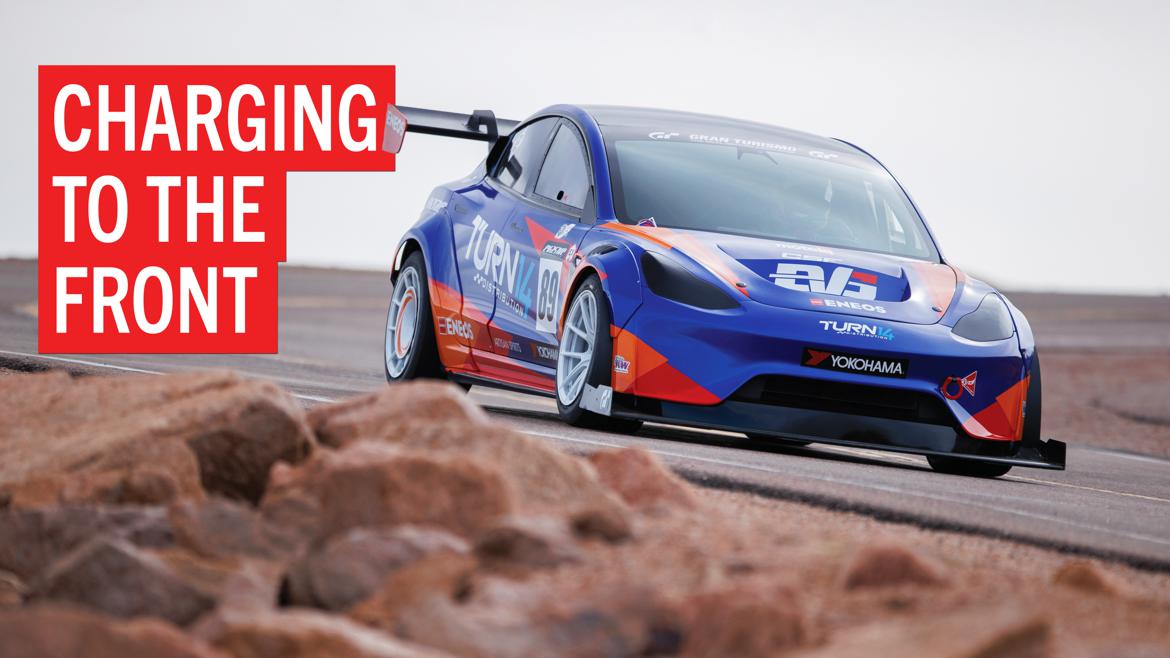Driven5
UltraDork
8/31/21 11:56 a.m.
Neat, I guess. Maybe I'm just not well enough versed in these things, but until I can get all of the 'not included' stuff needed to make it run too, it comes across to me as a bit of a half-hearted offering just to try to technically claim being 1st by 'beating' the GM E-crate to market... Unless that just ends up being vapor-ware.
I expect we'll see the whole package at SEMA. It'll be like the ICE crates, a full package including all controllers. The format of the batteries is the interesting part, as that's where the current GM "bolt in a box" offering falls short. Depends on how modular the Ford battery system is - we know the next gen GM stuff will be much better.
awww dang. This is getting exciting.
Hear me out: What about something exotic that needs an engine? Could this get something like a salvageable 308 back on the road?
In reply to David S. Wallens :
Think of all the bi-turbo's just waiting to be saved lol
Mount the motor where the transmission is on my 1970 Ford F-250. Mount the batteries where the side saddle fuel tanks are now. Clean up the engine compartment and have a nice frunk. The e-motor weighs about the same as the toploader transmission currently in the F250. I could probably put together a battery pack yielding reasonable range the doesn't outweigh the all iron 360 that's in there now. HP and torque would be virtually unchanged. (215hp / 327tq originally) except the old ratings are gross so I bet the truck would be faster and more capable. Hmm.
Or, go whole hog and mount one directly on each differential?
wonder how long SCCA autox mod rules will take to adjust. Is a crate motor from Ford/GM good enough for SCCA?
In reply to David S. Wallens :
Electric Classic Cars just finished a 308 GTS conversion, actually. The owner says he drives it more now because basically it's no longer a pain in the ass. And of course it's considerably faster.
https://www.heritagecarinsurance.co.uk/newsroom/news-and-articles/electric-ferrari-308/
In reply to dculberson (Forum Supporter) :
Solid axle mounted motors are going to be the game changer for old cars. Build one in the format of a Ford 9 inch and watch the interesting old cars get rejuvenated. I'd happily electrify one of the '66 Cadillacs. It would suit their design intent.
Driven5
UltraDork
8/31/21 12:17 p.m.
In reply to Keith Tanner :
While I'm sure it won't be cheap, a full system release would be a much more interesting piece of news if/when it happens. Battery form factors will definitely be a major consideration with these types of 'crate' systems for retrofitting Although, if building a chassis from scratch, even the Bolt-in-a-box type system would still be a fine.





 Images Courtesy Ford Performance
Images Courtesy Ford Performance


























